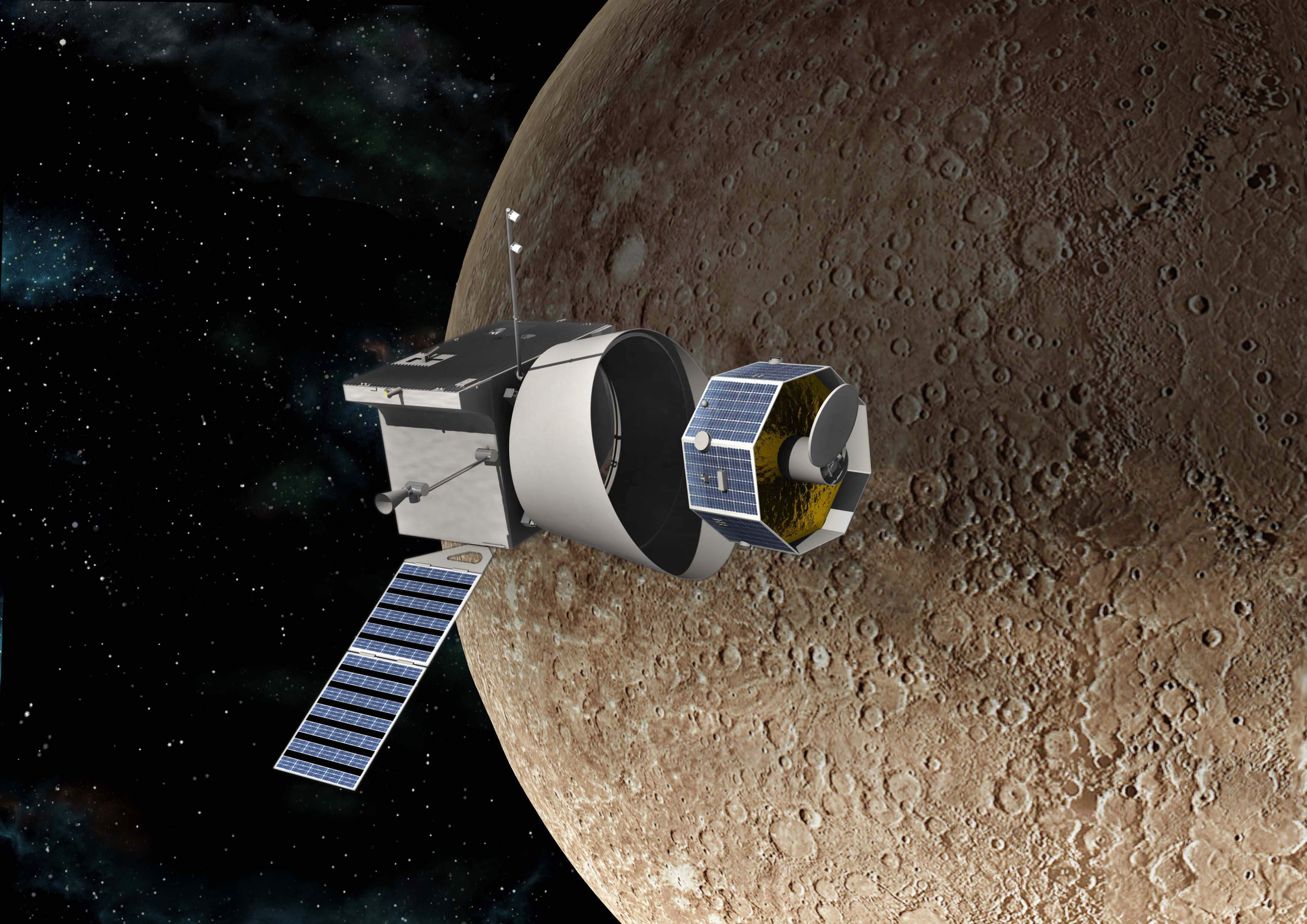On September 15th, 2024, the Polaris Dawn crew returned to Earth after spending five days in orbit. The mission was the first of three planned for the Polaris program, a private space project to advance human spaceflight capabilities and raise funds and awareness for charitable causes. The mission’s Dragon spacecraft safely splashed down off the coast of Florida at 3:36:54 a.m. EDT (12:36:54 p.m. PDT). Once their spacecraft was retrieved, the crew was flown to the Kennedy Space Center to see their families and undergo medical examinations before traveling to Houston to complete more of the mission’s studies.
Continue reading “The Polaris Dawn Crew is Back on Earth”The Polaris Dawn Crew is Back on Earth










